Self Portrait Photography: A Mirror to Your Soul
Delving into the vast world of self-portrait photography is akin to embarking on a voyage of self-discovery. This unique genre beckons artists to turn the lens towards themselves, capturing their own likeness in a frame. The journey of self-portrait photography extends back to the earliest days of the camera, painting a rich history. This art form is a powerful medium for expression, reflection, and self-discovery, holding both historical and contemporary relevance.
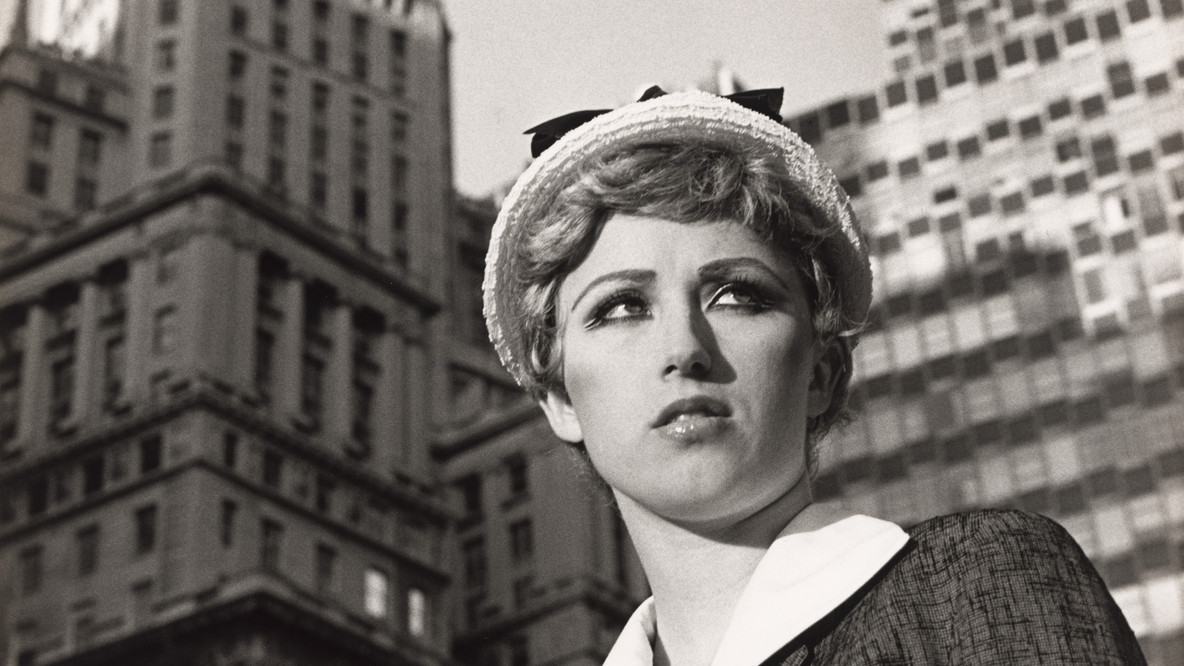
Famous Cindy Sherman Self Portrait
Why is Self Portrait Photography Important
Expression and Self-Discovery:
- Self-portrait photography acts as a self-reflective tool, allowing individuals to explore and understand different facets of their personality, emotions, and experiences. Through the lens, they can confront their fears, celebrate their uniqueness, and challenge societal norms, all of which contribute to personal growth and self-acceptance.
Historical and Contemporary Relevance:
- Self-portraits are a form of visual diary that captures the zeitgeist of different eras. They provide a window into the artist’s personal world and the social and political climate of the time. Moreover, self-portrait photography continues to evolve with technological advancements, reflecting the changing dynamics of self-representation and artistic expression.
Therapeutic Value:
- Engaging in self-portrait photography can be therapeutic. It provides a means for individuals to process emotions, experiences, or traumas. By visualizing and capturing one's emotions and experiences, individuals can attain a form of catharsis, helping in healing and mental wellness.
Skill Enhancement:
- Self-portrait photography offers an avenue for photographers to enhance their skills. It pushes them to experiment with lighting, angles, composition, and editing techniques. The iterative process of planning, shooting, and reviewing self-portraits is invaluable for learning and refining one’s photography skills.
Empowerment:
- It empowers individuals to control how they are represented. In a world where individuals often feel judged or categorized based on appearances, self-portrait photography allows for a reclaiming of one's image, promoting self-acceptance, and challenging stereotypical portrayals.
Innovative Expression:
- The genre encourages innovative and unconventional expressions. It’s a playground for creativity where artists can break the norms, experiment with surrealism, abstraction, or other artistic styles to express themselves uniquely.
Social Commentary:
- Self-portraits can serve as powerful tools for social commentary. Through symbolic imagery, photographers can communicate personal perspectives on societal issues, cultural norms, or political matters, sparking discussion and awareness.
Educational Tool:
- Self-portrait photography serves as an educational tool, not only for the photographers but also for the viewers. It's a way to learn about different perspectives, lifestyles, and experiences, promoting empathy and understanding.
Documenting Growth and Change:
- It acts as a visual diary to document personal growth, change, or transition over time. Whether it’s capturing milestones, achievements, or personal transformations, self-portraits create a tangible record of one's journey.
Professional Development:
- For budding photographers, self-portrait photography can be an accessible way to build a portfolio, develop a unique style, and gain recognition in the photographic community. It's a stepping stone that could lead to professional opportunities and collaborations.
Origin of the Self and Self-Portrait
The concept of self has been explored through various mediums across centuries, tracing back to ancient civilizations where individuals depicted themselves in carvings, paintings, and sculptures. Self-portraiture, as we recognize it today, began to emerge during the Renaissance era, a period marked by a renewed interest in individualism, humanism, and personal expression. Artists like Albrecht Dürer and Leonardo da Vinci started to create detailed self-portraits, marking a significant shift towards self-exploration and individual representation in art.
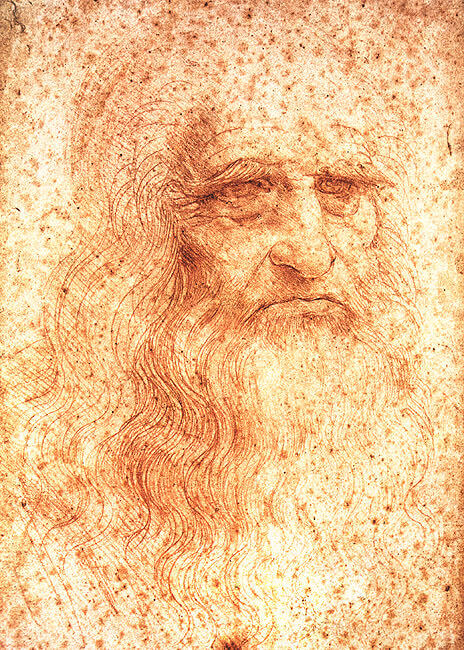
Leonardo da Vinci's self-portrait
Difference Between a Selfie and a Self-Portrait
Intention:
- Selfie: A selfie is often spontaneous and impromptu, captured to document a moment, a place, or a group of people. It's usually shared on social media platforms and is meant for casual viewing.
- Self-Portrait: A self-portrait is a deliberate act of self-representation. It involves a deeper level of intention where the artist explores themes, emotions, or narratives through the image. The process is often reflective and introspective.
Composition:
- Selfie: The composition in a selfie is usually straightforward, with the individual centrally framed, and is often captured using a smartphone.
- Self-Portrait: Composition in a self-portrait is thoughtfully arranged. It encompasses lighting, angles, background, and the arrangement of elements within the frame to convey a particular message or emotion.
Artistic Expression:
- Selfie: Artistic expression in selfies is generally limited, and the focus is more on capturing a moment rather than conveying a deeper message or emotion.
- Self-Portrait: Self-portraits are a medium of artistic expression. They are a visual exploration of identity, emotions, and storytelling. They often involve a level of technical and artistic skill that elevates them from being mere snapshots to artworks.
Equipment and Technique:
- Selfie: Typically, selfies are taken with smartphones, and the technical aspects like lighting and camera settings are often automated.
- Self-Portrait: Self-portraits might involve professional camera equipment, controlled lighting, and a deeper understanding of photographic techniques to achieve the desired outcome.
Duration and Process:
- Selfie: Capturing a selfie is a quick process with minimal setup.
- Self-Portrait: Creating a self-portrait can be a lengthy process involving planning, setup, shooting, and post-processing to perfect the image.
Audience and Impact:
- Selfie: The audience for selfies is usually social media followers, and the impact is often fleeting.
- Self-Portrait: Self-portraits have the potential to reach a wider audience, including in galleries or exhibitions, and can have a lasting impact, provoking thought and discussion.
Historical and Cultural Relevance:
- Selfie: The culture of selfies emerged with the advent of social media and smartphone technology.
- Self-Portrait: Self-portraits have a long-standing history in the realm of art, contributing to cultural and historical discourse.
While both selfies and self-portraits are forms of self-representation, the depth of intention, technical execution, and potential for artistic, cultural, and historical exploration set self-portraits apart as a profound medium of expression.

Famous Nan Golden Self Portrait - Nan and Brian in bed NYC 1983
Famous Self Portrait Photographers
Nan Goldin:
- Nan Goldin’s self-portraits are intense and visceral, often capturing moments of personal struggle and triumph. Her work, like "Self-portrait in Kimono with Brian, NYC, 1983", showcases the raw and unadulterated essence of human experience.
Cindy Sherman:
- Cindy Sherman is synonymous with conceptual self-portrait photography. Through her work, she delves into themes of identity, femininity, and the roles women play in society, as seen in her groundbreaking series "Untitled Film Stills". Cindy Sherman famously said, "I wish I could treat every day as Halloween, and get dressed up and go out into the world as some eccentric character.”
Andy Warhol:
- Warhol’s self-portraits provide a captivating glimpse into his complex persona and the pop culture era he epitomized. His use of vibrant colors and repetition, as seen in “Self-Portrait, 1966”, challenges conventional portraiture and reflects the commercialization of the individual.
Vivian Maier:
- Vivian Maier’s posthumous discovery unveiled a treasure trove of compelling self-portraits that reflect a mysterious yet profound self-exploration. Her self-portraits, often captured in mirrors and reflective surfaces, present an enigmatic narrative that continues to captivate audiences worldwide.
Robert Mapplethorpe:
- Mapplethorpe’s self-portraits are both provocative and aesthetically enthralling. His work explores themes of sexuality, body, and identity, challenging societal norms and pushing the boundaries of self-representation.
... and others like Lee Friedlander, Frida Kahlo, Claude Cahun, Ansel Adams, Lorna Simpson, Kehinde Wiley, and Zanele Muholi have used self-portraiture to explore a wide range of themes, challenging conventional notions of beauty and representation, thus inspiring generations of artists.
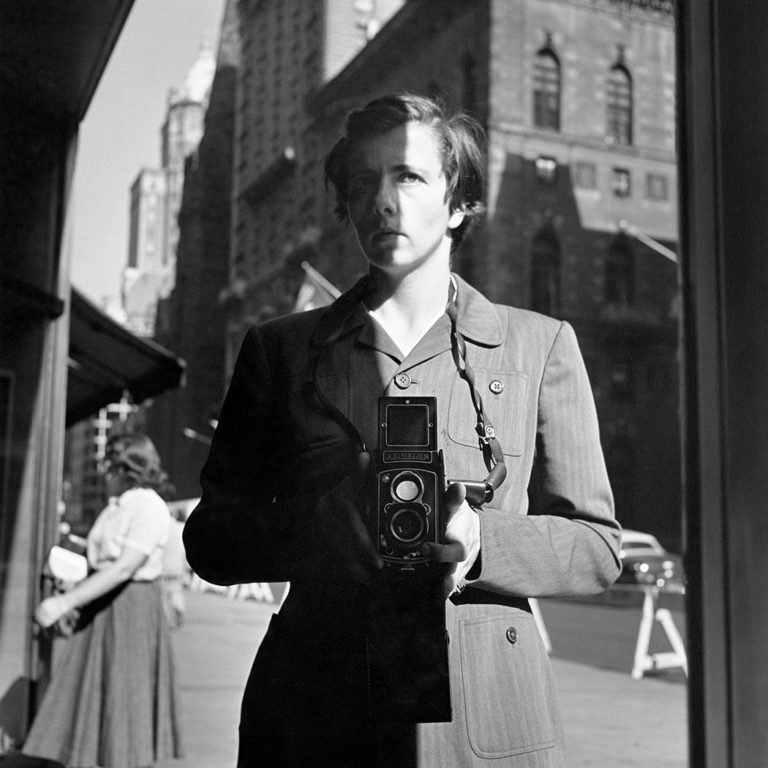
Famous self portrait by Vivian Maier 1953
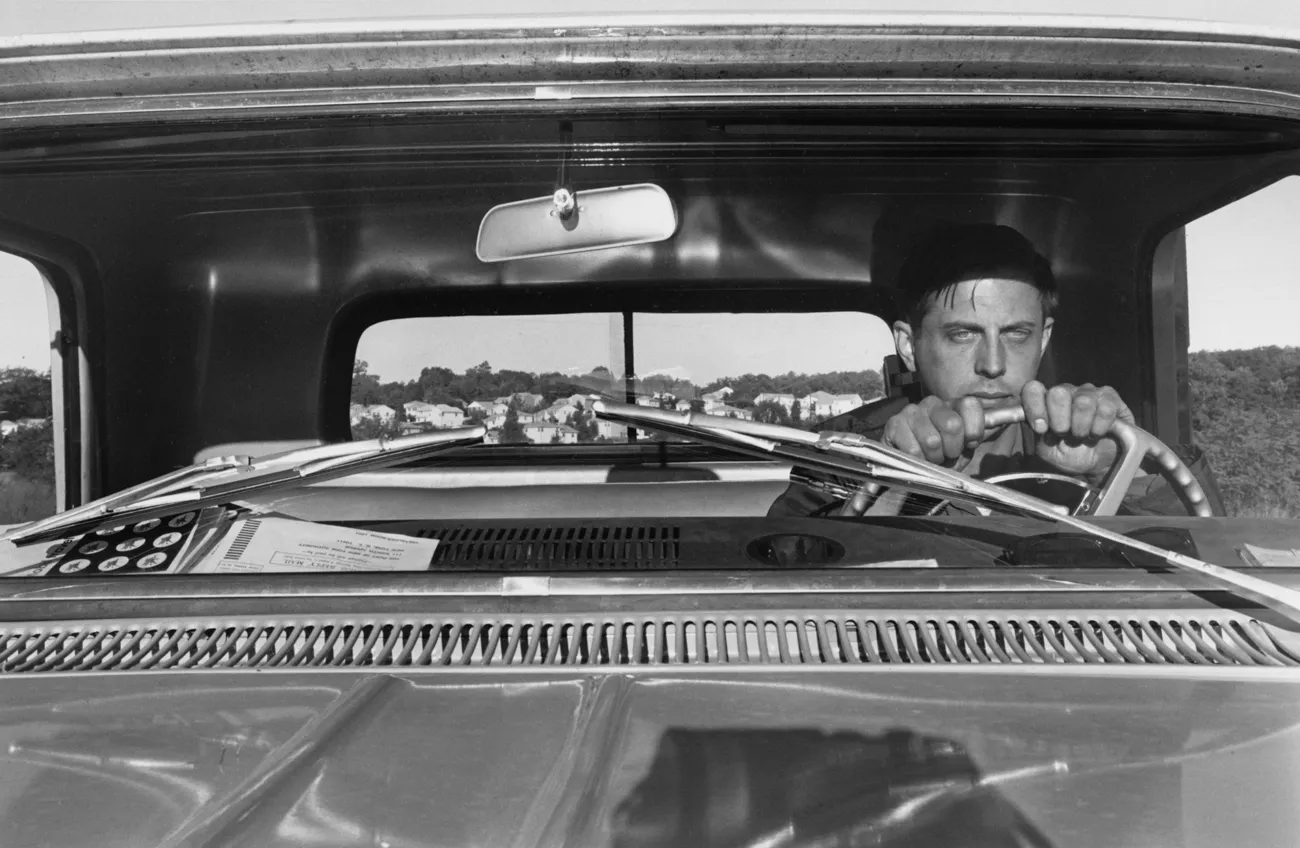
Famous Self Portrait by Lee Friedlander, titled Haverstraw, NY, 1966

Robert Mapplethorpe Self-Portrait (1980)
How to Engage in Self Portrait Photography
Technical Aspects:
- Mastering the technical aspects such as camera settings, lighting, and composition are crucial for creating compelling self-portraits. Understanding the interplay of light and shadows, aperture, shutter speed, and ISO can significantly enhance your self-portrait photography.
Creative Aspects:
- Explore themes, evoke emotions, and narrate stories through your self-portraits, pushing the boundaries of self-expression. The realm of creative self-portrait photography is boundless, offering a plethora of self-portrait photography ideas to explore.
Actionable Steps to Delve into Self Portrait Photography
Starting Your Project:
- Brainstorming: Begin with brainstorming sessions to explore themes or stories you want to narrate through your self-portraits. Sketch ideas, jot down inspirations, and create a mood board to visualize your project.
- Planning: Determine the equipment, props, and location you’ll need. Plan your shots, considering lighting, angles, and composition to ensure they align with your envisioned theme.
- Setting up: Designate a comfortable space for your self-portrait photography, ensuring it is well-lit and free from distractions.
Resources for Learning:
- Online Tutorials and Workshops: Platforms like YouTube and Skillshare offer a plethora of tutorials and workshops covering various aspects of self-portrait photography.
- Photography Books: Books by renowned photographers or on the subject of self-portrait photography can provide invaluable insights and technical knowledge.
- Online Communities: Engage in online photography communities to share your work, receive constructive feedback, and draw inspiration from other artists.
Regular Practice:
- Practice is paramount in honing your skills. Dedicate time each week to experiment with different techniques, review your photos, and learn from both successes and mistakes.
Seeking Feedback:
- Share your work with trusted peers or online communities to receive constructive feedback. This will provide fresh perspectives and help you refine your skills.
Continuous Learning:
- Stay updated with the latest photography techniques, tools, and technologies. Attend workshops, read new books, and follow contemporary photographers to keep evolving in your self-portrait photography journey.
Inspiration for Self Portrait Photography
Unleash your creativity by exploring various self-portrait themes and ideas, looking into the evolution of self-portrait photography with the advent of modern technology. Drawing inspiration from female self-portrait photographers or the realm of artistic self-portrait photography can fuel your creative journey.
Here are numerous avenues to spark your creative imagination:
Study the Masters:
- Delve into the works of renowned self-portrait photographers like Vivian Maier, Cindy Sherman, and Robert Mapplethorpe. Analyzing their techniques, themes, and the emotions evoked in their works can provide a rich source of inspiration.
Art and Literature:
- Explore various art forms, literature, and poetry. A particular style of painting, a character in a novel, or a line of poetry could spark an idea for your self-portrait project.
Personal Experiences and Emotions:
- Your own life experiences, emotions, and personal narratives are fertile ground for self-portrait ideas. Reflect on significant life events, your dreams, fears, or joys as starting points for your self-portraits.
Social and Cultural Themes:
- Engage with social, cultural, or political themes that resonate with you. Self-portrait photography can be a powerful medium to communicate your perspectives on societal issues.
Nature and Environment:
- The natural world, seasons, and different landscapes can offer a fresh perspective and ideas for your self-portraits. You could explore the interaction between yourself and the natural environment in your imagery.
Exploration of Identity:
- Dive into explorations of your identity, be it related to gender, ethnicity, or personal beliefs. This can lead to a series of self-portraits that tell a compelling narrative about who you are.
Abstract Concepts:
- Delve into abstract themes like time, duality, or metamorphosis. Abstract concepts can lead to innovative and visually captivating self-portraits.
Historical Eras and Fashion:
- Historical eras, vintage fashion, or retro aesthetics could serve as a springboard for your self-portrait photography. It’s a way to travel back in time and recreate different eras through your imagery.
Music and Dance:
- Music and dance can evoke emotions and ideas that can be translated into self-portraits. It could be the mood of a particular song, or the grace of a certain dance move that inspires you.
Technology and Digital Art:
- The advent of modern technology allows for a fusion of photography with digital art. Experimenting with digital editing tools can open up a whole new realm of creative possibilities.
Online Communities and Social Media:
- Join online photography communities, follow artists on social media, and engage in photography challenges. The interaction and the exchange of ideas can be very stimulating.
Travel and Cultural Experiences:
- New places, cultures, and experiences can provide fresh perspectives and ideas. If travel isn’t an option, virtual tours or cultural documentaries can also be insightful.
Workshops and Photography Courses:
- Participate in workshops or enroll in photography courses. Learning new techniques and getting feedback from peers and mentors can reignite your creativity.
Mindfulness and Meditation:
- Practice mindfulness and meditation to tap into your inner thoughts and emotions. It's a way to look inward for inspiration.
Photography Prompts and Themes:
- There are numerous photography prompts and themes available online. Engage in a 30-day photography challenge or follow a prompt to kickstart your creativity.
Incorporating these sources of inspiration, coupled with your unique perspective, will not only enrich your self-portrait photography journey but also contribute to your growth as an expressive artist.
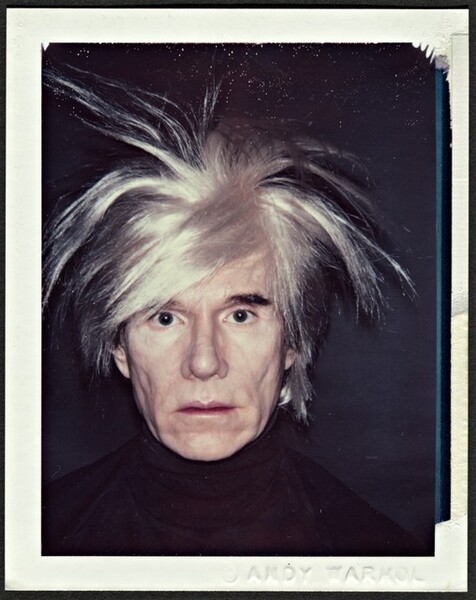
Andy Warhol Self-Portrait with Fright Wig, 1986
Conclusion
Embarking on the journey of self-portrait photography is like holding a mirror to your soul. It’s an invitation to explore, express, and evolve. The world of self-portrait photography is vast and rich, awaiting your unique perspective. With inspiration from the greats and a heart full of ideas, the lens is your canvas, and you are the muse. Engage in creative self-portrait photography, explore self photography, delve into the realm of creative portraits, and discover the boundless potential for self-expression that lies in every shot you take.